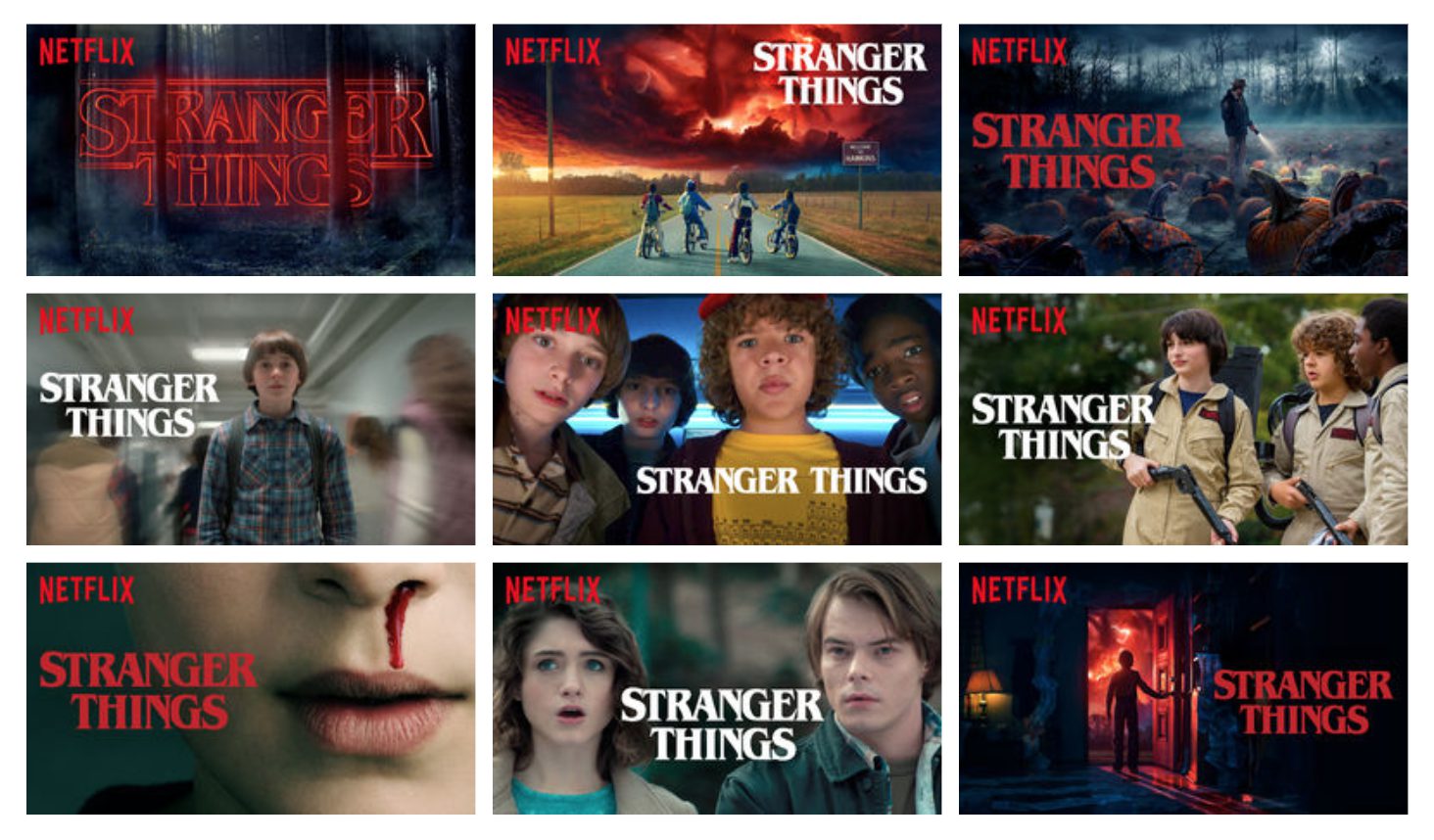Is Personalization at the Heart of Your Customer Experience? If Not, You Could Be Losing Sales
3 Min Read
Often times, merchants expand their product offering and categories in the hopes of meeting the needs of a diverse customer base. However, if you don’t have a personalization strategy and offer too many options without a way to help customers make a purchasing decision, you could actually see your sales tank. This is known as the paradox of choice: If a person is presented with too many choices, they are less likely to make a purchase.
Sounds counterintuitive, right? After all, we tend to think more products and more choice equal more sales. But that just isn’t the case.
In the early 2000s, two psychologists conducted an experiment where they put out a display of 24 kinds of jam for grocery shoppers to sample, along with a coupon for $1 off any purchase of jam. The next day, they only put out six samples of jam, but no coupon. The results? The larger display attracted more interest than the smaller display. However, those who sampled from the smaller display were ten times more likely to make a purchase. And that’s without a $1 off coupon.
The takeaway here is that while shoppers might want variety, they don’t want to go through the hassle of making a decision. If you’re going to offer a wide selection of anything, from jam to jeans to jewelry, you need a way to personalize the shopping experience. A way to help the consumer make a decision and act.
When personalization works, it really works.
Netflix is one of the companies currently killing it with personalization. We all know that when you log on, a number of suggested shows and movies pop up, based on your viewing history and preferences. But that’s not the brilliant part. Netflix knows that artwork is a key factor in determining what people watch, and their algorithm changes the artwork for individual movies depending on the viewer.
For instance, if you watch a lot of romantic movies, the cover art for Good Will Hunting will show Matt Damon and Minnie Driver putting their heads together in a romantic way. If you prefer comedies, there will be an image of a smiling Robin Williams.
Another example is their hit show Stranger Things, which offers a variety of artwork that caters toward those who prefer ’80s movies, family movies, horror, sci-fi, and more. Netflix’s algorithms crunch your viewing history and preferences and personalize the artwork to help you decide which show or movie to watch.


Why you need to embrace it
The concept of personalization might make sense, but how effective or important is it, really? For those who like to see hard, clear numbers, here are a few that will speak to you:
- 75 percent of consumers are more likely to buy from a retailer that recognizes them by name or recommends options based on purchase history.
- 89 percent of U.S. marketers reported that personalization on their websites or apps resulted in an increase in revenue.
- 93 percent of companies are seeing an uplift in conversion rates because of website personalization.
How you can reap the benefits
Simply put, to effectively use personalization methods in your website, you need to do three things:
- Understand each shopper.
- Respond in a relevant way in real time.
- Operationalize your strategy.
Personalization isn’t something that just happens. There are many pitfalls to the process. To effectively implement it, you need to plan out goals and have a defined strategy.
This is exactly where Corra can help. I’ll be at Imagine 2018, offering on-site consultations in booth #413. Don’t miss the unique opportunity to learn how to influence the purchase behavior of your customers through personalization and UX strategies. To book your 20-minute appointment, email events@corra.com.

